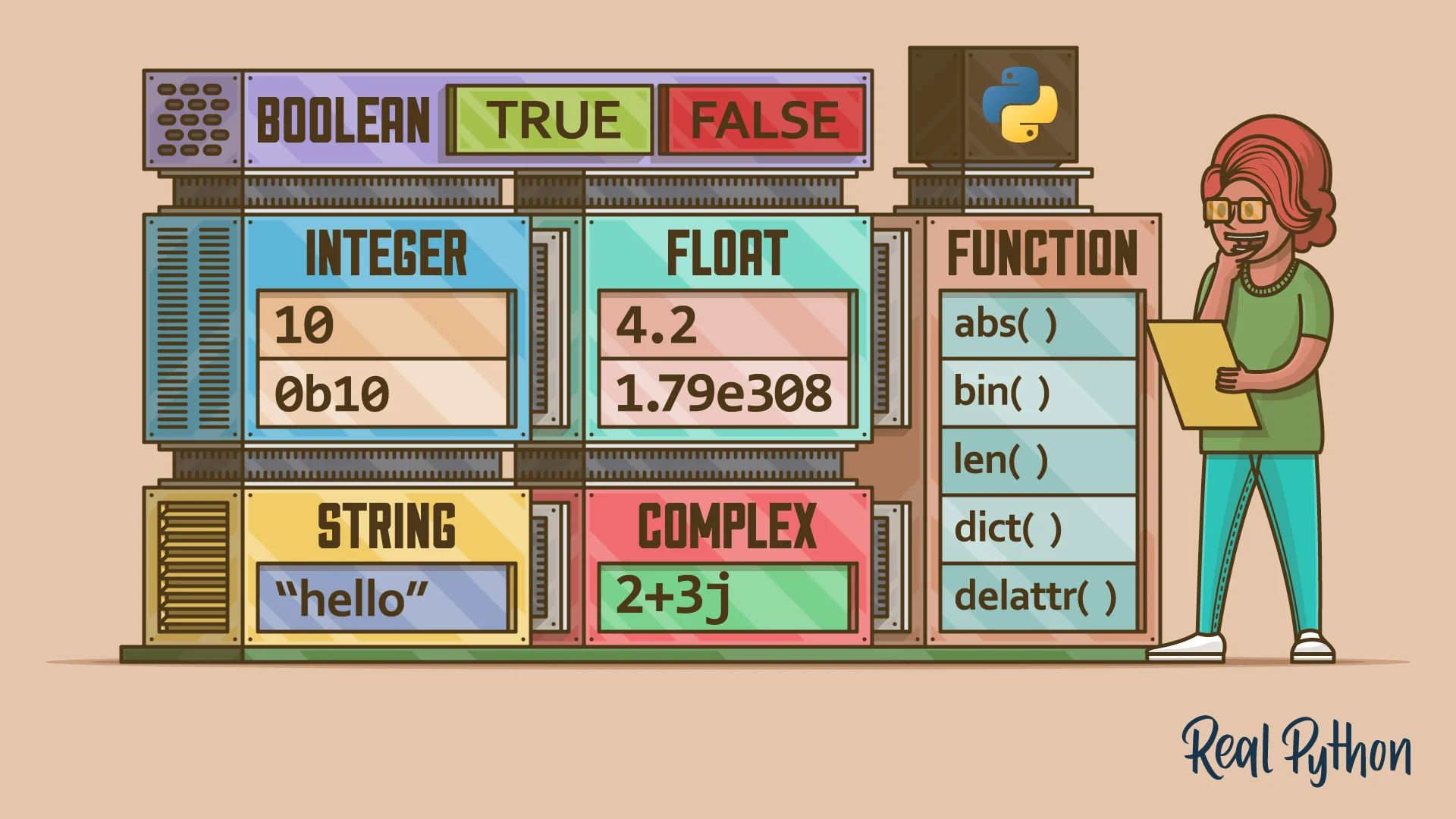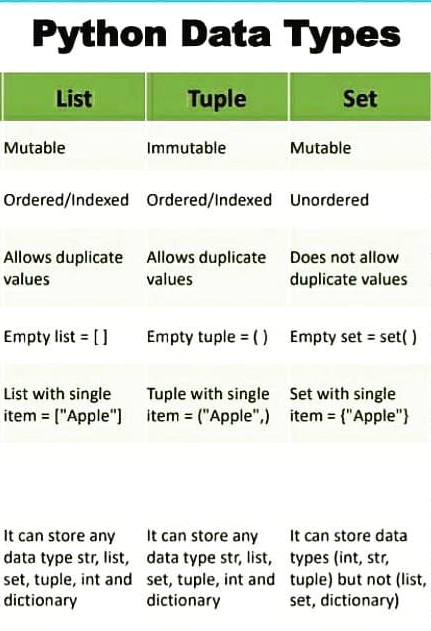Day 14 - Python Data Types and Data Structures for DevOps
 Ritul Gupta
Ritul GuptaTable of contents

1. Data Types
Data types are the classification or categorization of data items. It represents the kind of value that tells what operations can be performed on a particular data.
Since everything is an object in Python programming, data types are actually classes and variables are instances (objects) of these classes.
Python has the following data types built-in by default: Numeric(Integer, complex, float), Sequential(string,lists, tuples), Boolean, Set, Dictionaries, etc
To check what is the data type of the variable used, we can simply write: your_variable=100 type(your_variable)
2. Data Structures
Data Structures are a way of organizing data so that it can be accessed more efficiently depending on the situation. Data Structures are fundamentals of any programming language around which a program is built. Python helps to learn the fundamental of these data structures in a simpler way as compared to other programming languages.
Lists Python Lists are just like arrays, declared in other languages which is an ordered collection of data. It is very flexible as the items in a list do not need to be of the same type
Tuple Python Tuple is a collection of Python objects much like a list but Tuples are immutable in nature i.e. the elements in the tuple cannot be added or removed once created. Just like a List, a Tuple can also contain elements of various types.
Dictionary Python dictionary is like hash tables in any other language with the time complexity of O(1). It is an unordered collection of data values, used to store data values like a map, which, unlike other Data Types that hold only a single value as an element, a Dictionary holds the key: value pair. Key-value is provided in the dictionary to make it more optimized
Tasks:
1. Give the Difference between List, Tuple, and Set. Do Handson and put screenshots as per your understanding.

List

Tuple

Set

In Python, lists, tuples, and sets are three different types of collections used to store a group of related values.
2. Create the below Dictionary and use Dictionary methods to print your favorite tool just by using the keys of the Dictionary.
fav_tools =
{
1: "Linux",
2: "Git",
3: "Docker",
4: "Kubernetes",
5: "Terraform",
6: "Ansible",
7: "Chef"
}

3. Create a List of cloud service providers eg.
cloud_providers = ["AWS", "GCP", "Azure"]
Write a program to add Digital Ocean to the list of cloud_providers and sort the list in alphabetical order. [Hint: Use keys to built-in functions for Lists]


#devops #90daysofdevops #linux #python
Subscribe to my newsletter
Read articles from Ritul Gupta directly inside your inbox. Subscribe to the newsletter, and don't miss out.
Written by

Ritul Gupta
Ritul Gupta
Packaged App Development Associate @ Accenture | Infrastructure Engineering | Exploring Cloud & Security